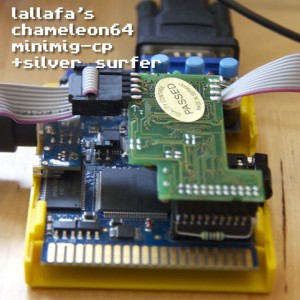Recently, I was thinking about a minimal Amiga emulation setup that is required to run Exec and Dos from a Kickstart ROM image. Think of a reference platform for vamos. I soon came to the conclusion that all kinds of boot types result in accessing a device that provides the requested file system blocks. As a consequence the emulation also needs to emulate some kind of device accesses next to the essential CPU, memory, and CIA (timer, serial) emulation we will need at least. Trackdisk device needs custom chip support for track reading, while scsi.device needs some IDE host emulation.
If you compare a classic Amiga with modern embedded devices (like a Raspi or a Beagleboard) you see a difference: the modern devices often allow to boot directly their filesystem of the on-board flash. “Why not create a ROM bootable device for Amigas?” was the next question that came to my mind. With such a device it is sufficient to emulate CPU and memory and the Amiga can already boot…
The result of this initial idea is a small project called romdisk: It offers a romdisk.device that can auto-boot a modern classic Amiga (OS 2.x or 3.x) and also a tool to embed disk images into an ext. ROM image. Without compression you get ultra fast data access, but with compression you can even fit a complete Workbench floppy disk image (880 KiB) into your 512 KiB ext. ROM.
The first public release is now available and can be found on my new romdisk project page!
While it started as a helper project for my emulation tests, I am sure you can think of new uses for romdisks, too. E.g. some diagnosis tools that do not need external devices to run, or a rom disk stub that loads non-rommable modules and then heads over to full boot from hard disk, or a small network boot disk that loads the main file system via network…
Have Fun!
Like this:
Like Loading...




